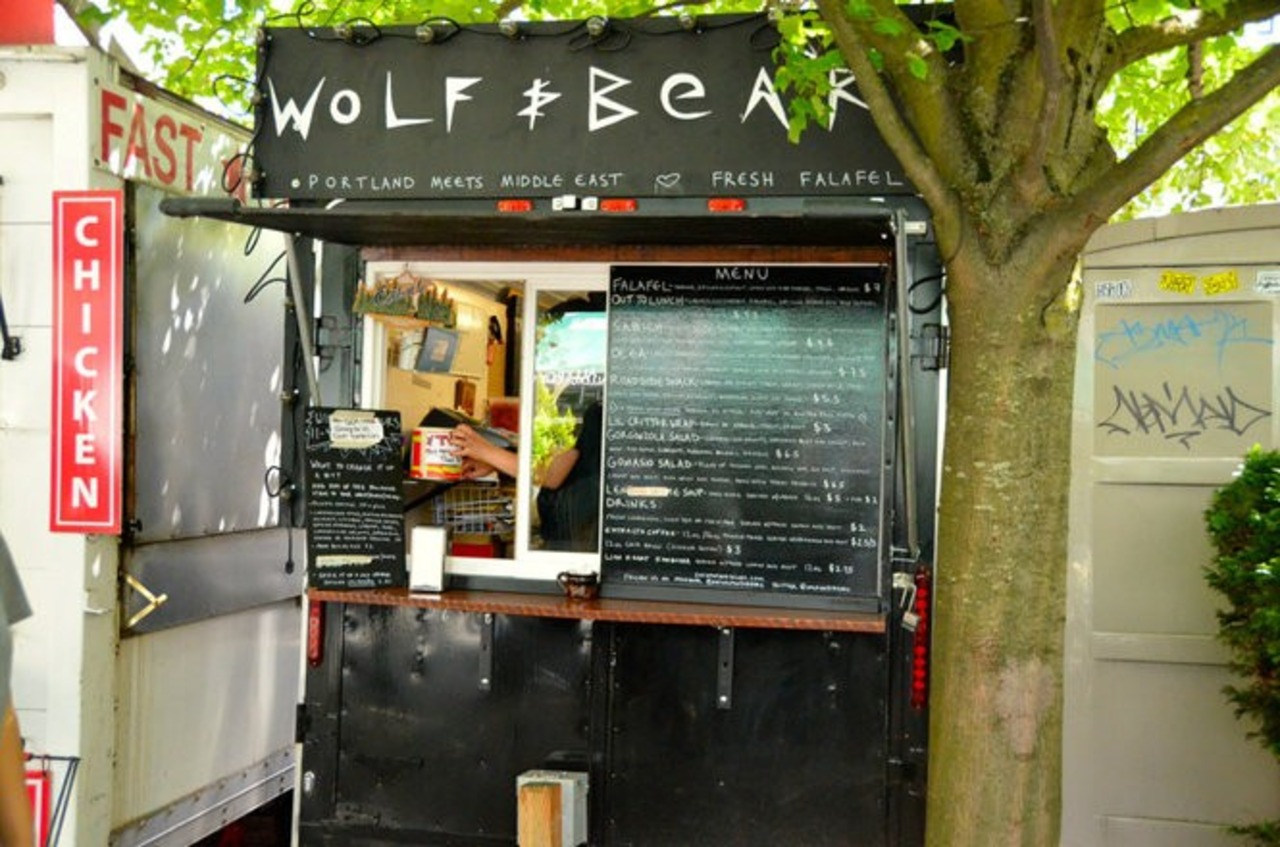In the heart of where East meets West, Istanbul’s culinary scene is experiencing a renaissance that mirrors the city’s rich tapestry of cultures. With its unique position straddling two continents, Istanbul has long been a melting pot of flavors, techniques, and culinary philosophies. Today, this historical confluence of civilizations is being reinterpreted by a new generation of chefs and restaurateurs who are putting Istanbul on the global culinary map.
The Rise of Contemporary Turkish Cuisine
Gone are the days when Turkish cuisine was synonymous only with kebabs and baklava. While these classics remain beloved, Istanbul’s chefs are now experimenting with traditional recipes by introducing modern techniques and international influences, creating an exciting new genre of Turkish cuisine that pays homage to its roots while boldly looking forward. Restaurants such as Mikla, led by chef Mehmet Gürs, have been pioneers in this movement, sourcing local ingredients to craft dishes that tell the story of Turkey’s gastronomic heritage with a contemporary twist.
The Importance of Local and Seasonal Ingredients
A defining feature of Istanbul’s culinary resurgence is the emphasis on locally sourced and seasonal ingredients. The city’s geographical diversity, from the fertile lands of Anatolia to the abundant seas surrounding the Bosphorus, provides an extraordinary variety of produce, fish, and meats. This bounty is celebrated at places like Neolokal, where Chef Maksut Aşkar curates menus inspired by the seasonal availability of ingredients, ensuring that each dish reflects the true flavors of the region.
Street Food: The Soul of Istanbul’s Culinary Scene
No exploration of Istanbul’s food scene would be complete without delving into its vibrant street food culture. From simit vendors dotting the city’s streets to fish sandwiches served fresh off the boats in Eminönü, street food is an integral part of Istanbul’s gastronomic identity. It offers a glimpse into the daily lives of its residents and a taste of the city’s dynamic flavors. The Istanbul Culinary Institute regularly conducts tours for those eager to explore these culinary delights, providing insights into the traditions and stories behind the food.
Fine Dining with a View
Istanbul’s restaurant scene is as diverse as its landscape, offering everything from intimate eateries tucked away in historic neighborhoods to luxurious dining establishments overlooking the Bosphorus. Restaurants like Sunset Grill & Bar combine exquisite food with breathtaking views, offering a dining experience that is both sensorial and visual. These establishments not only showcase the culinary prowess of their chefs but also the unparalleled beauty of Istanbul itself.
Preserving Culinary Heritage
Amidst the innovation, there’s a concerted effort to preserve Istanbul’s culinary heritage. Organizations like Yunus Emre Institute are instrumental in promoting Turkish culture, including its culinary traditions, to the world. By documenting recipes, cooking techniques, and food stories, they ensure that the legacy of Turkish cuisine is passed down to future generations while adapting to the tastes of the present.
The Future of Istanbul’s Culinary Scene
As Istanbul continues to evolve, so too does its culinary landscape. With each passing day, new cafes, bistros, and restaurants open their doors, offering novel experiences that challenge and delight the palates of locals and tourists alike. It’s a testament to the city’s unbreakable spirit and its enduring love affair with food.
In a city as storied and vibrant as Istanbul, the culinary scene is more than just a reflection of its history and culture—it’s a living, breathing entity that continues to grow and adapt. Whether you’re savoring the complex flavors of a well-crafted dish at a high-end restaurant or biting into a simple yet delicious simit by the roadside, you’re participating in a culinary tradition that has been centuries in the making.
As Istanbul marches forward, bridging continents and cultures, its food scene stands as a beacon of innovation and tradition, inviting all who visit to partake in its culinary odyssey.
Exploring Further
For those looking to dive deeper into the culinary wonders of Istanbul, National Geographic’s feature on the city’s best restaurants is an excellent starting point. Additionally, resources such as The Culinary Institute of America and The World’s 50 Best Restaurants offer insights and inspiration from the global food scene, contextualizing Istanbul’s place within the wider world of gastronomy.
In Istanbul, every meal is an adventure, and every bite tells a story. It’s a city where food is not just nourishment but an expression of culture, history, and love. Welcome to Istanbul’s table—where the past and the future are served side by side, inviting you to savor the moment.

 Tips & Advice5 years ago
Tips & Advice5 years ago
 News & Stories4 years ago
News & Stories4 years ago
 Restaurants4 years ago
Restaurants4 years ago
 Recipes4 years ago
Recipes4 years ago
 Kitchen Gadgets4 years ago
Kitchen Gadgets4 years ago
 Chefs5 years ago
Chefs5 years ago
 Kitchen Gadgets4 years ago
Kitchen Gadgets4 years ago
 Kitchen Gadgets4 years ago
Kitchen Gadgets4 years ago






